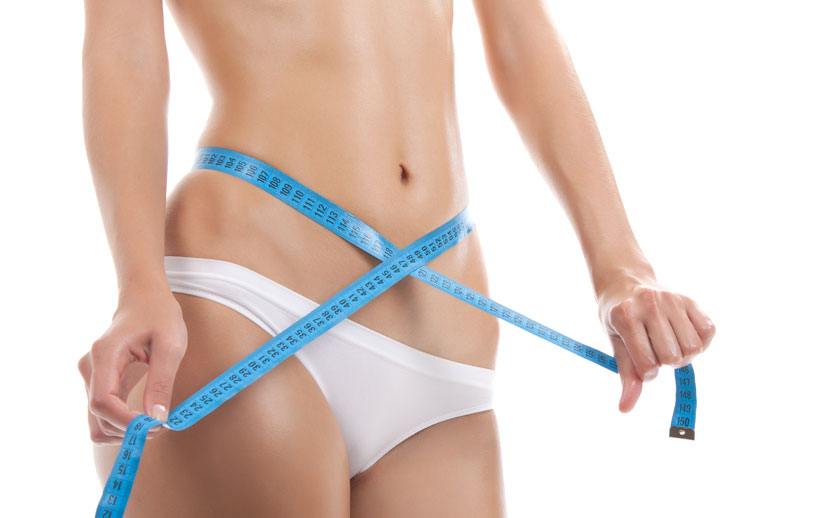Abdominoplasty or tummy tuck corrects a dystrophic belly, that is to say, the shape is altered. Three types of excess are at issue: excess fat (removed by liposuction), excess abdominal skin (the "apron" abdominal skin is removed and tightened) and sagging stomach muscles. When combine excess skin and sagging muscles, adding to the abdominoplasty, a cure of hernia (doctors talk about "diastasis recti").
The standard abdominoplasty involves resecting the wall by cutting a flap of skin crescent below the navel. The upper flap is lowered and sutured flush pubic hair; the umbilicus is given in good position. The scar is around the navel and pubic flush, concave upward to respect the natural folds.
What are the uses (indications) of abdominoplasty?
We can offer abdominoplasty after pregnancy or weight loss, and whenever there is a significant injury and stretching of the skin (wrinkles covering the pubis). Apart from these aesthetic reasons, a tummy tuck for preventive is to make women around fifty with a slight concentrated overweight stomach which inevitably worsen with age. Abdominoplasty then reduces weight gain in this area by taking a portion of the stock of fat cells (adipocytes).
How is abdominoplasty?
Before the intervention, two surgical consultations spaced at least 15 days are required, and a visit to the anesthetist (72 hours minimum).
Three medical regulations apply: stop smoking the previous two months to reduce the risk of necrosis of scar tissue; aspirin stop, antiinflammatory or oral anticoagulants 15 days before to limit the risk of bleeding; possibly the interruption of oral contraception in the previous month (another temporary contraception) to limit the risk of thromboembolism.
The procedure is always performed under general anesthesia. It lasts between 2-4 hours of the importance of tummy tuck, with 1-3 days of hospitalization. Eight to 15 days off work is recommended.
After surgery, a local drainage (rubber blades or suction drains) reduces the risk of bruising for a few days to weeks. The dressing is removed on the second day, replaced by a high retaining sheath to wear 24/24 for 1 to 2 months. The son is removed between 10 and 15 days after surgery, once or several times. Any abdominal muscle effort (especially the charging port) is prohibited for 2 months. Postsurgical monitoring consists of four consultations, 1, 3, 6 months and 1 year. Six to 12 months are necessary to judge the final outcome.
